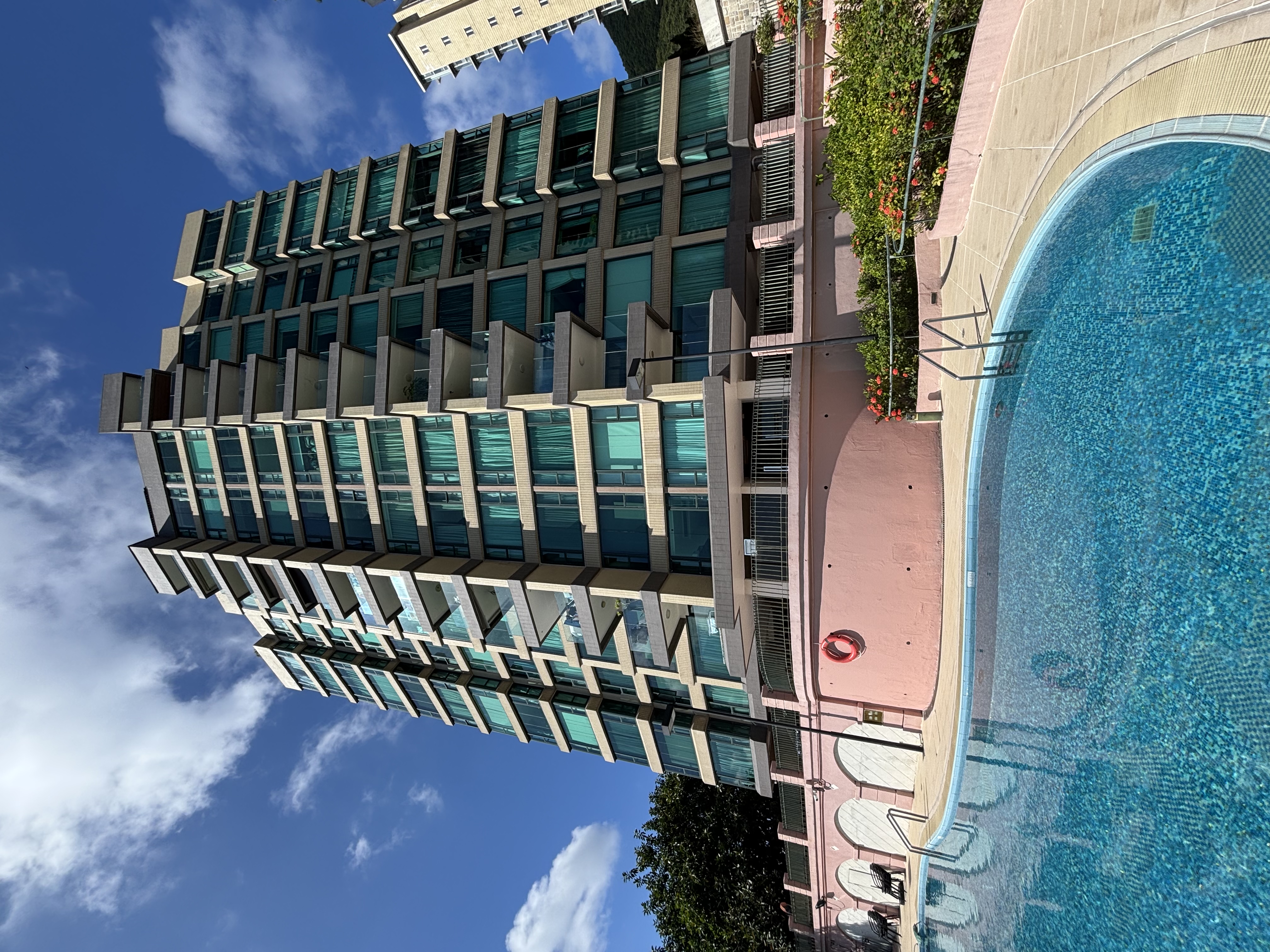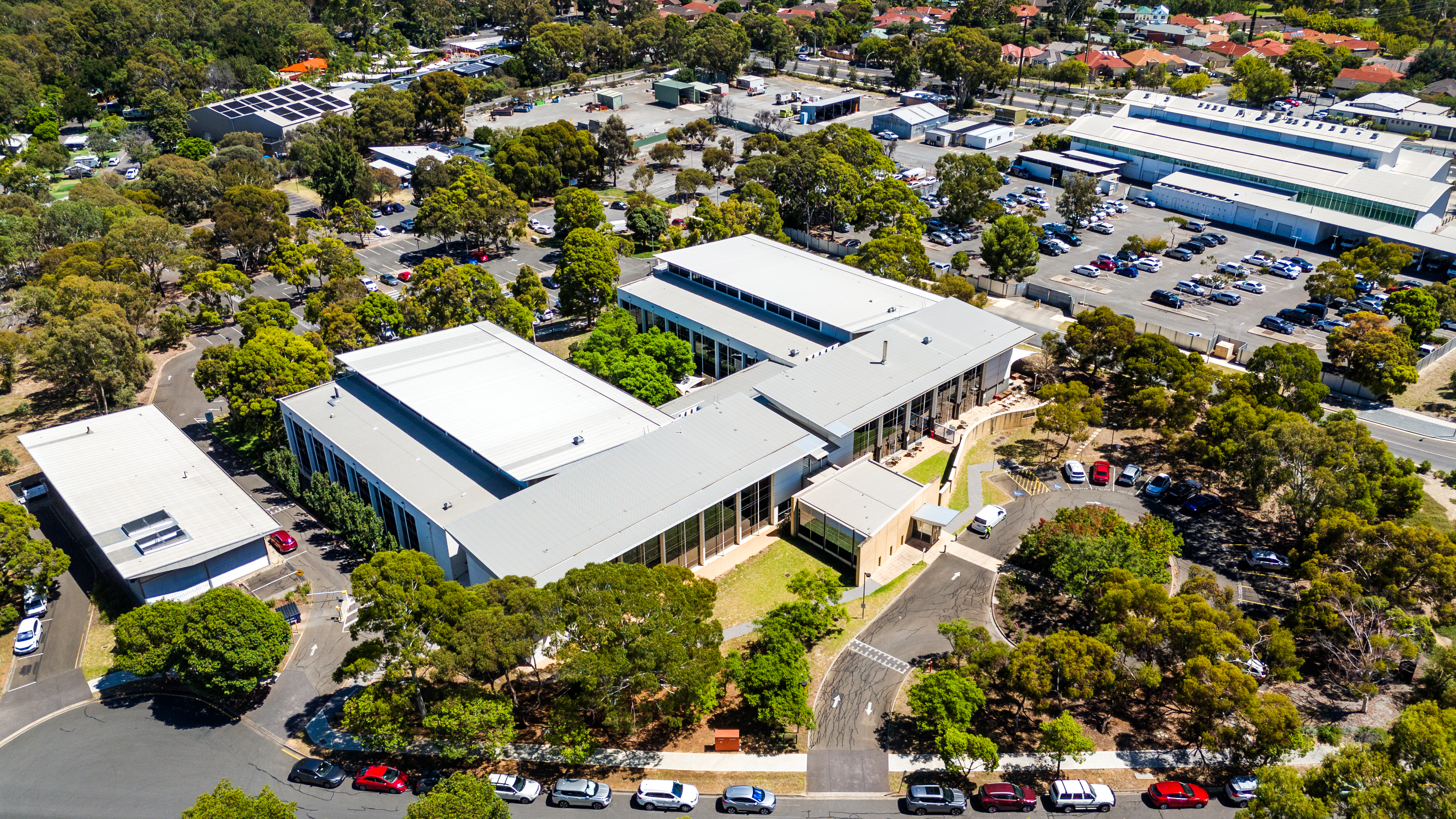The top cost drivers in the construction industry
What is their status now and outlook for the future
Delivering ‘value’ is usually the end goal of any construction project. Value creation happens at several stages of the construction supply chain. Once the development is in use, the value creation justifies the investment made on the project.
Building value while maintaining cost is a key decision in construction projects. While value creation is something that happens during and after construction, costs are primarily established in the planning phase. During the construction phase, the key task is to reduce or cope with the planned work to ensure the project runs smoothly.
There are several factors that drive costs in the Indian construction industry. These include, but are not limited to:
Labour costs: The Indian construction industry relies heavily on manual labour, making it one of the most significant cost drivers. With the growing demand for skilled workers, the cost of labour has also been increasing steadily.
Material costs: The cost of construction materials such as cement, steel, aluminium, copper etc. must be factored into construction costs. The prices of these materials tend to fluctuate depending on several factors like supply and demand, transportation costs, global market scenario and government policies.
Looking for more insights? Never miss an update.
The latest news, insights and opportunities from global commercial real estate markets straight to your inbox.
Land prices: Land prices differ from area to area and have an impact on construction cost. High land prices increase the cost, making it challenging for developers to achieve profitable margins. Allied terrain and adjacent features (such as nallah, burial grounds etc.) may also affect the sales quotient thereby indirectly effecting the rates.
Regulatory costs: The Indian construction industry is subject to various regulations, permits, and approvals. The cost of compliance/ non-conformance can vary depending on the complexity, region of project and scope of the project.
Equipment costs: The use of heavy equipment in construction projects can be expensive, and the cost of hiring or purchasing these machines can add up quickly. To add to this, the allied technology cost such as IOT, BIM or automation can also add to the rates provided the organisation intends to be viewed as a serious competitor in the market.
Soft costs: These are intangible in nature and are indirectly related to labour and material. Typical soft costs include SME/ consultancy, accounting fees, engineering, inspection, legal fees (not catered for in the regulatory cost head), permits, and taxes. Soft costs are also fees that are expensed after the completion of a project. This includes building maintenance & insurance, & security. Effective project management services like planning, scheduling, and monitoring (including, but not limited to cost of quality) also fall under this head, and these costs can vary depending on the size, duration, and complexity of the project.
Financing costs: Construction projects require significant capital investments and financing them can have a significant impact on the overall cost of the project. Interest rates, fees, and terms of the financing can vary depending on the lender and the project's risk profile.
Investment Opportunities
One of the key components to meticulously factor these costs is establishing a good cost management plan and approach. However, there always needs to be room for the unknowns. Take the current global economy for example.
Fluctuating exchange rates of INR against the top global currencies effects the Import cost as well as effects the basic decision of choice of source of the procurement . To top that, there have been several disruptions in global supply chains over the last few years. This has led to a skewed demand- supply ratio, leading to a hike in prices.
The consistent fluctuation in oil prices has caused a significant impact on the cost of transportation and other construction-related activities. To add to this, rising interest rates are also increasing the cost of financing construction projects.
So how does one successfully navigate through this?
While the factors affecting construction costs in India are beyond our control, there are a few strategies that can be employed to reduce the impact. These include:
Diversifying supply chains: Supply chains can be diversified by sourcing materials and equipment from multiple suppliers in different regions. Through this, the impact of disruptions in any one region can be mitigated. This can also involve basic discussions along with the end user for basic decisions like “make or buy” in order to reduce the overhead and handling charges where possible, or on the flip side reduce the learning costs of initiating an in-house production of a certain product.
Using locally sourced materials: By using locally sourced materials, companies can reduce their dependence on importing materials. This can also reduce the impact of exchange rate fluctuations and supply chain disruptions.
Adopting sustainable construction practices: Sustainable practices, like using recycled materials and energy-efficient designs, can help reduce operational costs in the long run and minimize the impact of rising prices.
Employing efficient construction methods: Employing efficient construction methods, such as modular construction or prefabrication, can help reduce the cost of labour and materials by reducing the dependency on the same.
Optimising Specifications: A detailed understanding of the product requirement along with the end user/product owner can lead to producing the optimum specification for the product which avoids rework costs while acquiring the end user satisfaction.
Planning for contingencies: Including contingency funds in the budget can help account for unexpected cost fluctuation on a local as well as global scale. This can also cater for the unknowns that our industry is often subjected to.
Costs in construction can typically be planned for in advance. However, it also becomes imperative to plan for contingencies and have dynamic cost plan. While one cannot be absolutely prepared for everything, a lot can be seen by how you manage change. Be it global or local, when situations are tackled with insights, experience, and maturity, it portrays resilience and agility.
Contact Ashok VS
Head, Cost Management, Projects & Development Services, India, JLLWhat’s your investment ambition?
Uncover opportunities and capital sources all over the world and discover how we can help you achieve your investment goals.




